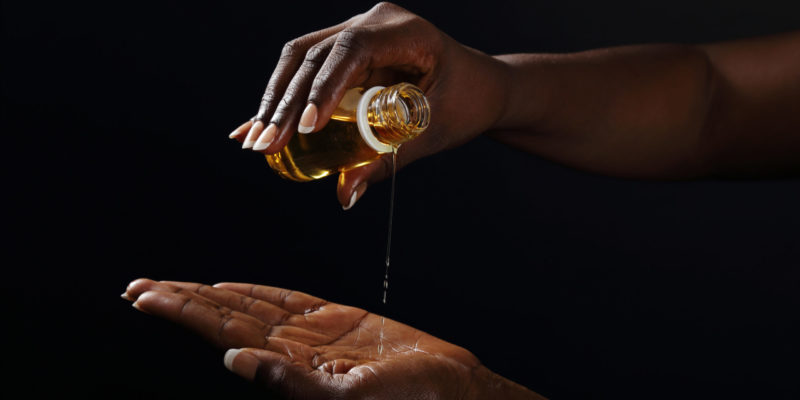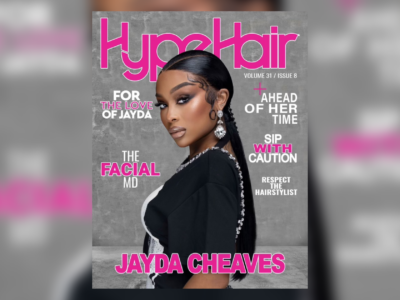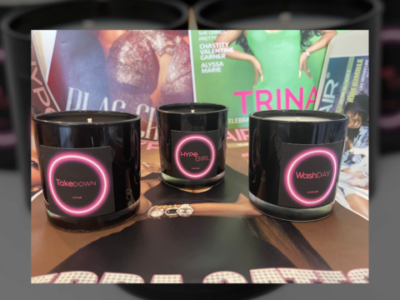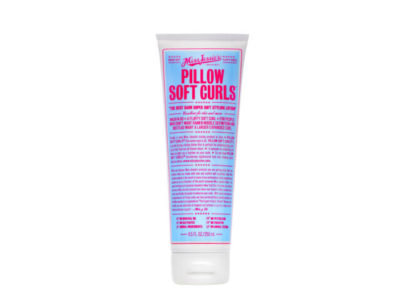
By Choya Randolph
If you’re a seasoned natural, you know all about the LOC method. For my new naturals, the LOC method is an ideal way to not only moisturize natural hair but retain all the moisture we work hard to put into our hair. It’s an acronym that stands for liquid, oil, and cream. The acronym also represents the order of the products we use. When it comes to liquid, many of us use a leave-in conditioner, an oil, then we conclude with a cream.
To take the method even further, some naturals even go the LCO method which is the same as the LOC method but a different order. The LCO method means using a leave-in conditioner, a cream, then sealing everything in with an oil. The leave-in conditioner is usually a water based product meant to condition and moisturize the hair. The oil locks in that moisture and the cream prevents the moisture from leaving. Creams can also be used for styling since it can give our curls definition and hold.
Whether you use the LOC or the LCO method, one of the most important factors is the oil you use. When it comes to oils, you can keep it simple by using an oil of your choice such as coconut oil or extra virgin olive oil. But why be simple when you can be extra like Bubble Bass’s Krabby Patty? (if you don’t get that Spongebob reference, please leave). If you want to take your oils to the next level, it’s time to mix and blend our oils. Cue in the Dexter’s Laboratory theme song.
Though all oils can pretty much get the job done at locking in moisture, not every oil is the same. Some oils can be thick while others can be light. For those with high porosity hair, you may lean toward thicker oils such as Jamaican castor oil or avocado oil. For those who ain’t tryna walk outside with hair more oily than a french fry, you may lean towards lighter oils such as jojoba oil, coconut oil, or argan oil. Lighter oils have a similar consistency to the oils we naturally produce from our scalp.
When blending your oils, you can blend whatever oils you want. Extra virgin olive oil is a great oil because it can reduce scalp irritation and moisturize our hair. It’s full of vitamin E and vitamin K which can condition the hair, prevent heat damage and combat dandruff. Argan oil is also rich in vitamin E. It softens the hair and provides elasticity, making it easier for your hair to bounce back from any heat applied to it.
When it comes to blending oils, you may want to avoid coconut oil because it solidifies. However, coconut oil is a classic oil that has many benefits. It’s full of fatty acids and vitamins that nourishes our hair and scalp. If you still want those benefits, don’t sleep on almond oil. It has fatty acids like coconut oil and vitamin E like olive oil. It also has biotin, magnesium, flavonoids and more vitamins and minerals that will nourish your hair. It works well at lubricating the hair so no hair strand gets left behind. This helps combat dryness and breakage.
To take your oil concoction to the next level, add a couple drops of an essential oil. Lavender oil promotes hair growth, conditions the hair, and controls dandruff. Peppermint oil has this cooling sensation that feels amazing. This sensation increases blood circulation to your scalp which promotes hair growth. Tea tree oil moisturizes the scalp while getting rid of chemicals. Rosemary oil improves cellular regeneration which is why it’s a common ingredient in hair growth products. Lemongrass oil has antifungal properties that combats dandruff and an itchy scalp. It also strengthens the hair to prevent hair loss.
When blending your oils, it’s completely up to you. You can experiment and see what works best for your hair. It’s a great way to incorporate essential oils and other oils you know your hair likes. Making your own products is a part of the natural hair journey so have fun with it.





